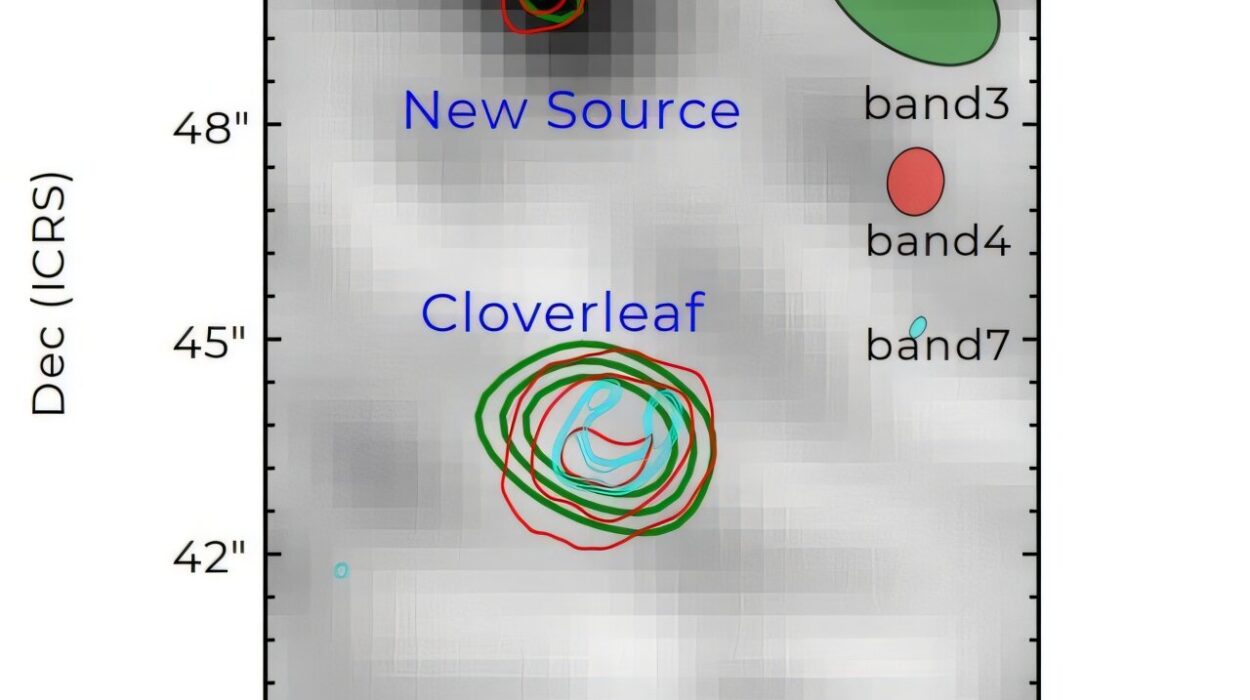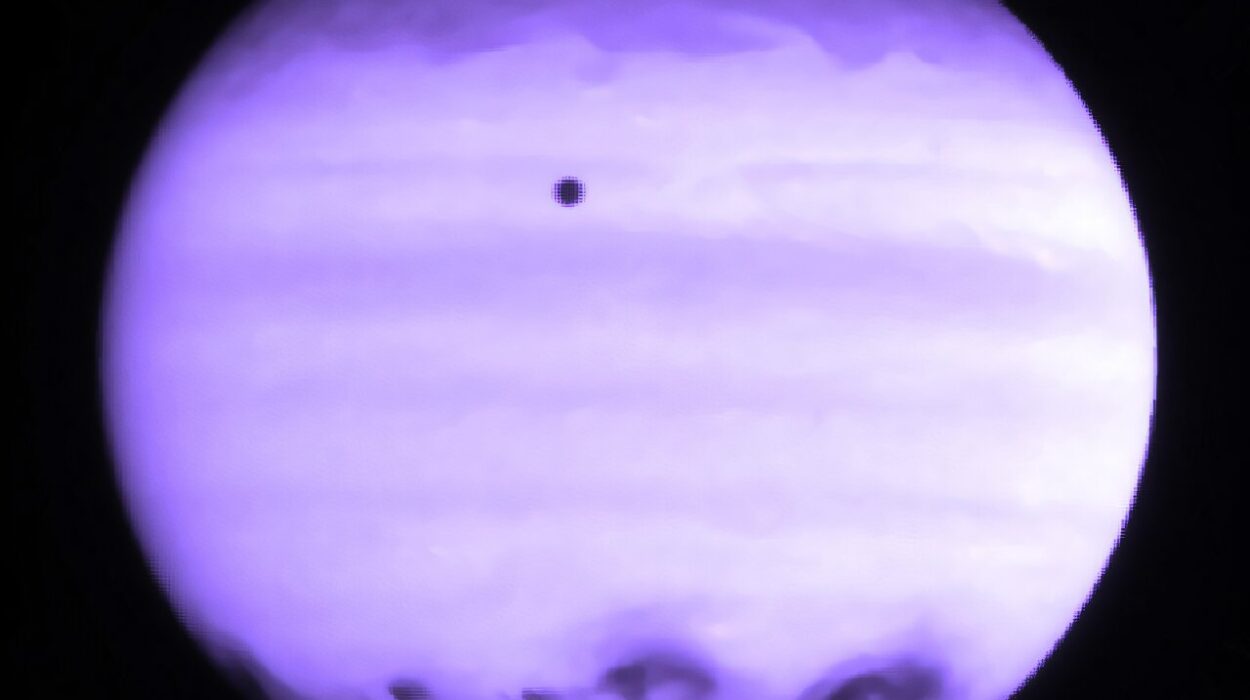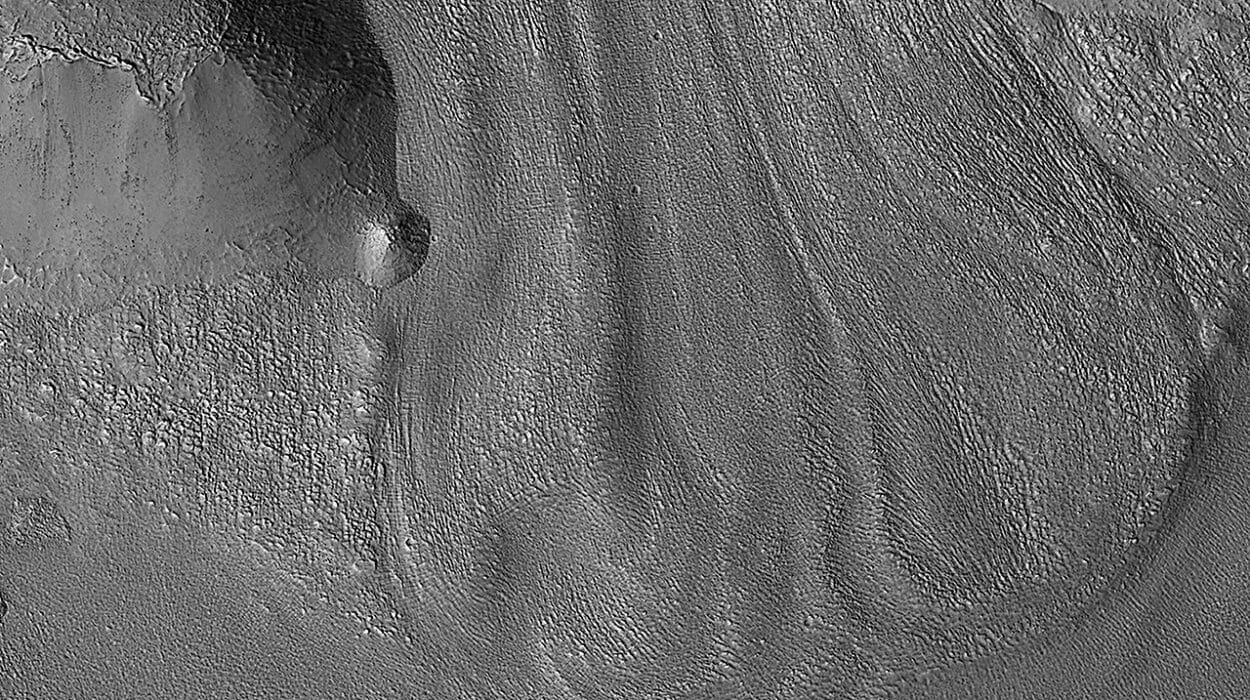For thousands of years, people have looked up at the night sky and marveled at a tiny cluster of stars known as the Pleiades, or the Seven Sisters. On crisp winter nights, the cluster glimmers like a handful of diamonds scattered across the heavens. From ancient Greek mythology to Māori tradition, from Japanese car logos to biblical references, the Pleiades have always captured human imagination.
But now, astronomers have learned that what we see with the naked eye is only a fraction of the truth. The “Seven Sisters,” it turns out, are just the visible tip of an enormous cosmic family—one so vast that it stretches across a large portion of our sky.
Scientists at the University of North Carolina at Chapel Hill have revealed that the Pleiades are part of a much greater structure, which they have named the Greater Pleiades Complex. Their groundbreaking findings, published in The Astrophysical Journal, suggest that this stellar group is about 20 times larger than previously believed.
Uncovering the Greater Pleiades Complex
The discovery began with a simple question: where did the Pleiades come from, and how many siblings do these stars truly have?
Most stars, including our own Sun, are born in clusters—massive clouds of gas and dust that collapse under gravity to form groups of newborn stars. Over millions of years, these clusters slowly drift apart, their members scattering across space. By the time we observe them, many have lost touch with their birth siblings. Tracing these ancient stellar families is a challenge, like trying to find relatives after eons of cosmic separation.
To solve this mystery, the UNC-Chapel Hill team turned to two of the most powerful space telescopes ever built—NASA’s Transiting Exoplanet Survey Satellite (TESS) and the European Space Agency’s Gaia observatory. By combining data from both, they were able to peer deeper into the Pleiades’ surroundings than ever before.
Gaia’s precise measurements of stellar positions and motions provided a detailed map of where stars are and how they move. TESS, meanwhile, measured how fast those stars spin. The spin rate of a star acts like a cosmic clock—young stars rotate rapidly, while older stars spin more slowly. By comparing these rotation rates, the researchers could determine which stars were likely born together.
What they found was astonishing: thousands of stars scattered across the sky share the same motion, age, and rotation rate as the famous Pleiades cluster. These aren’t just distant coincidences—they are family.
Redefining a Cosmic Icon
“This study changes how we see the Pleiades—not just seven bright stars, but thousands of long-lost siblings scattered across the whole sky,” said Andrew Boyle, lead author and graduate student in physics and astronomy at UNC-Chapel Hill.
The discovery redefines the Pleiades as not a small, compact cluster but rather the dense heart of a sprawling, dissolving stellar association. Over hundreds of millions of years, these stars have been slowly drifting apart, stretching into a massive web of siblings across the galaxy.
The finding challenges our traditional view of how star clusters evolve. It suggests that the Pleiades are part of a much larger process—a cosmic family dispersing through time and space, yet still linked by their shared origins.
The Cultural and Scientific Legacy of the Pleiades
Few celestial objects have inspired as much wonder as the Pleiades. They are mentioned in the Book of Job in the Old Testament, appear in the Talmud, and are known as Matariki in New Zealand, marking the Māori New Year. Across Indigenous cultures, the cluster symbolizes renewal, connection, and the cycles of time.
Even in modern life, the Pleiades shine on. The Subaru car company, named after the Japanese word for the cluster, features its six brightest stars in its logo.
Now, the discovery of the Greater Pleiades Complex gives these ancient symbols a new layer of meaning. Humanity’s oldest stories about family and connection in the stars have found a scientific parallel: the Pleiades truly are part of a massive stellar family that has endured for hundreds of millions of years.
How Stellar Spin Unlocks Hidden Families
To uncover this cosmic kinship, the UNC-Chapel Hill team used an innovative technique that could transform how astronomers map the Milky Way. By studying how fast stars spin, scientists can determine their ages with remarkable accuracy. Younger stars—those still glowing from their early years of formation—rotate much faster than their older counterparts.
This stellar spin acts like a signature, revealing when and where stars were born. When the team noticed that a vast number of stars around the Pleiades shared nearly identical spin rates and motion patterns, it became clear they were all connected.
“Our work provides a new way to uncover hidden relationships between stars,” said Andrew Mann, co-author and professor of physics and astronomy at UNC-Chapel Hill. “We’re realizing that many stars near the Sun are part of massive extended stellar families with complex structures.”
This approach could revolutionize how astronomers identify other hidden star groups. Instead of relying solely on spatial proximity or motion, scientists can now use stellar spin as a tracer of shared ancestry.
Implications for Mapping Our Galaxy
The discovery of the Greater Pleiades Complex opens an exciting new chapter in galactic cartography—the science of mapping the Milky Way. It suggests that what we once thought of as isolated clusters may actually be fragments of immense stellar families stretching across the galaxy.
“By measuring how stars spin, we can identify stellar groups too scattered to detect with traditional methods—opening a new window into the hidden architecture of our galaxy,” said Boyle.
This insight could help astronomers reconstruct the birth environments of stars and planetary systems, including our own. For instance, the Sun is believed to have been born in a cluster that has since dispersed. With new techniques like these, scientists may one day identify the Sun’s long-lost siblings, tracing our solar system’s origins back to its cosmic cradle.
A Window into Cosmic Evolution
The Pleiades have always been a benchmark for understanding stellar youth. They are about 100 million years old—young by cosmic standards—and provide crucial data for studying star formation, planet development, and the early evolution of solar systems.
The realization that the cluster is part of a much larger structure changes how astronomers interpret this data. It means the stars we once viewed as an isolated sample are part of a broader ecosystem, shaped by the gravitational and chemical influences of a vast stellar network.
This, in turn, refines our understanding of how galaxies evolve. The Milky Way, it seems, is not just a collection of stars but a living tapestry of families—clusters forming, dispersing, and weaving new connections across cosmic time.
The Emotional Wonder of Discovery
There’s something deeply human about this discovery. For millennia, people across the world have looked to the Pleiades and seen family—sisters, mothers, ancestors, and gods. Today, science tells us that those stories were not entirely metaphorical. The stars truly are part of a great family, bound by birth and memory, even as they drift apart.
The realization that the night sky hides unseen connections mirrors our own search for belonging. Just as stars remember their origins through their spin, perhaps humanity, too, carries traces of its beginnings—hidden, but never lost.
The Pleiades Reimagined
As astronomers continue to map the Greater Pleiades Complex, one truth becomes clear: the universe is more connected than it appears. What once seemed like a small, familiar cluster is, in reality, part of a sprawling stellar dynasty that stretches across the heavens.
The discovery redefines not only a beloved constellation but also our understanding of how stars—and perhaps even life—find their place in the cosmos. The Seven Sisters were never alone. They are part of a much grander story, one written in light, motion, and time—a story that reminds us that in the vastness of space, everything is family.
More information: Lost Sisters Found: TESS and Gaia Reveal a Dissolving Pleiades Complex, The Astrophysical Journal (2025). DOI: 10.3847/1538-4357/ae0724






